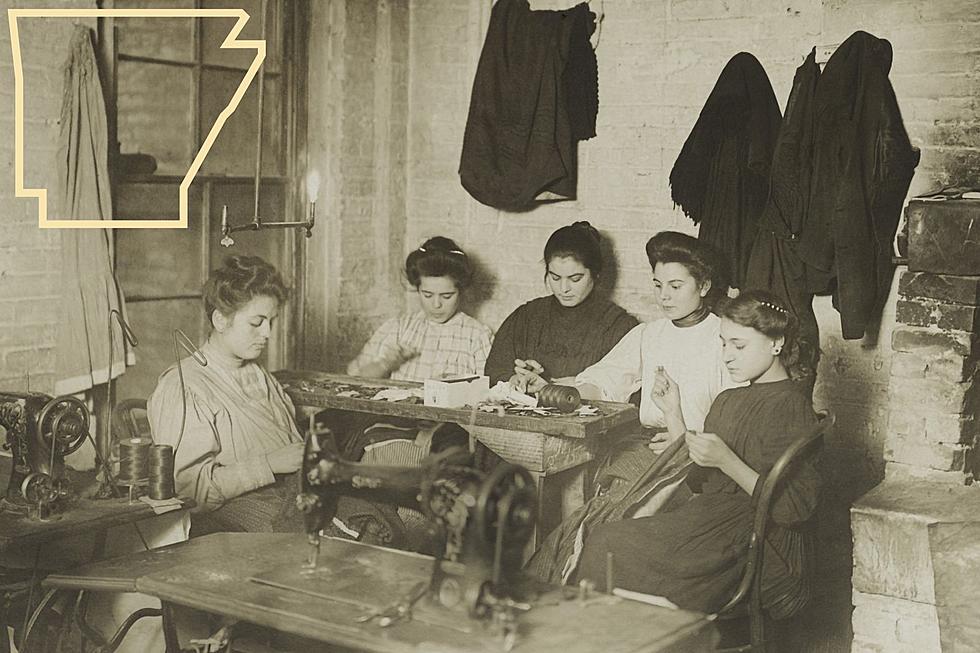
Sun’s Out, Shades On: Check Out These Cool And Creepy Retro Eclipse Photos
A total solar eclipse will occur in North America on Monday, April 8, 2024, with millions able to witness the first total solar eclipse visible in the United States since 2017. The ways we view these eclipses have changed over the decades--but before we look at our retro photo round-up, let's review what's unique about the 2024 eclipse.
What Makes the 2024 Total Solar Eclipse Special?
According to Great American Eclipse, all of North America will be able to see at least a partial eclipse. The news is even better for those in the path of totality, as the 2024 eclipse will last almost twice as long as the 2017 total solar eclipse.
How Long Will the 2024 Eclipse Last?
Expect the total eclipse to last almost four-and-a-half minutes. The timing of the solar eclipse will change based on your location, so plan accordingly.
Can You Look Directly at the Solar Eclipse?
That's a hard NO, friend. Viewing the eclipse without proper protection can cause severe eye damage--even when viewed through a camera lens. NASA suggests you use approved eclipse glasses or make your own eclipse projector to ensure your safety.
Humans have forever been fascinated by solar eclipses and have taken measures to prevent eye damage while still being able to witness this celestial wonder.
Sun's Out, Shades On: A Look Back at Eclipses Through the Ages
Gallery Credit: Meg Dowdy
LOOK: Do you see faces in these photos?
Gallery Credit: Stephen Lenz
See the #1 Movie From the Year You Were Born
More From TheFW









